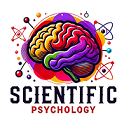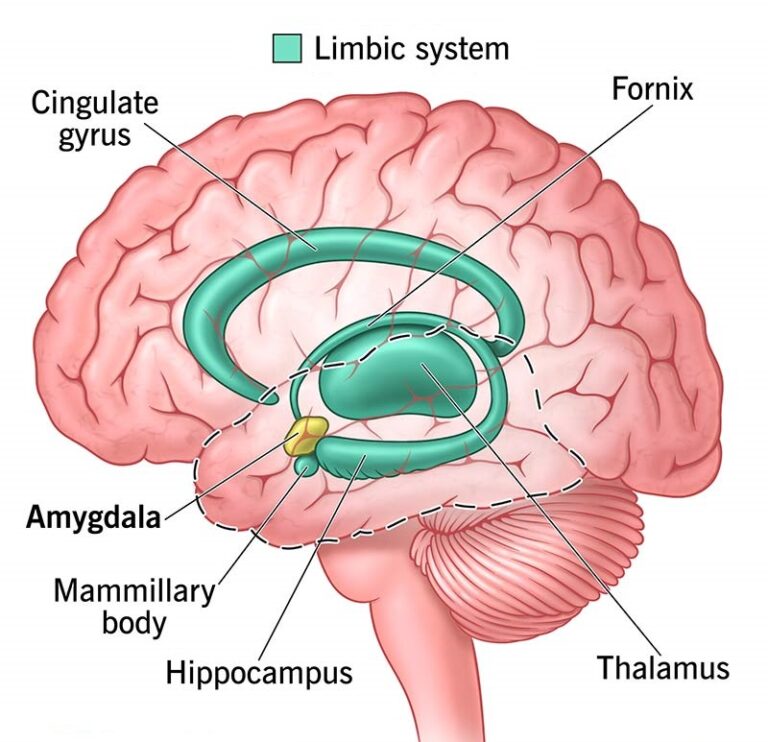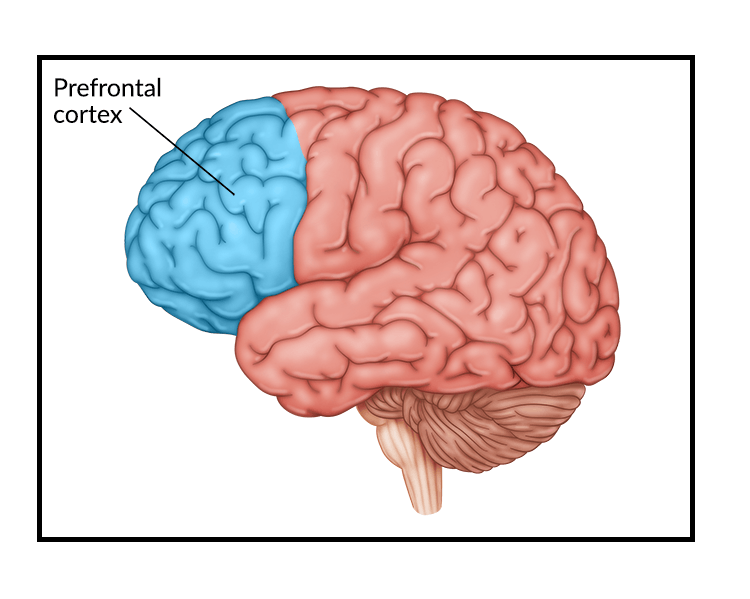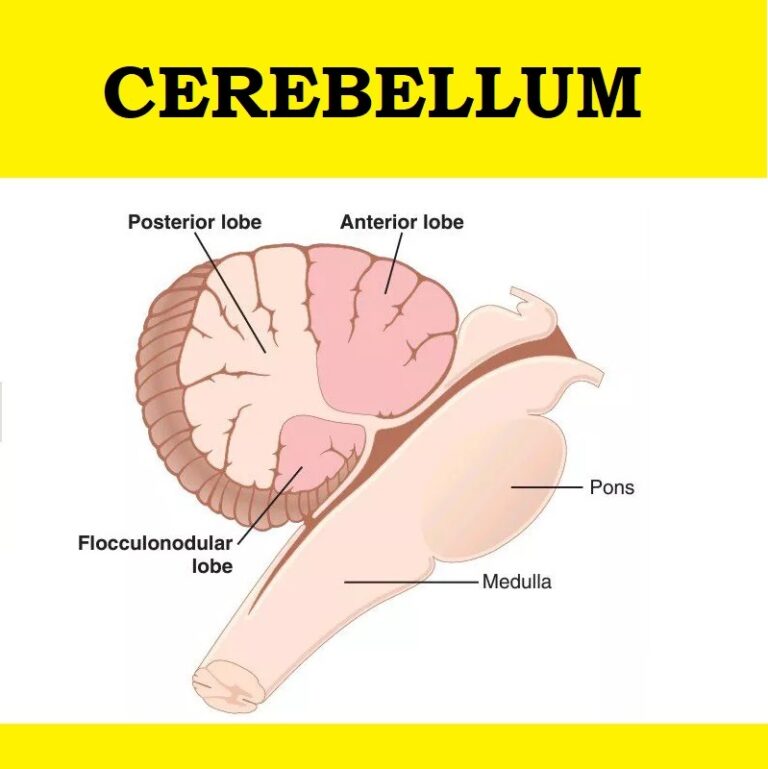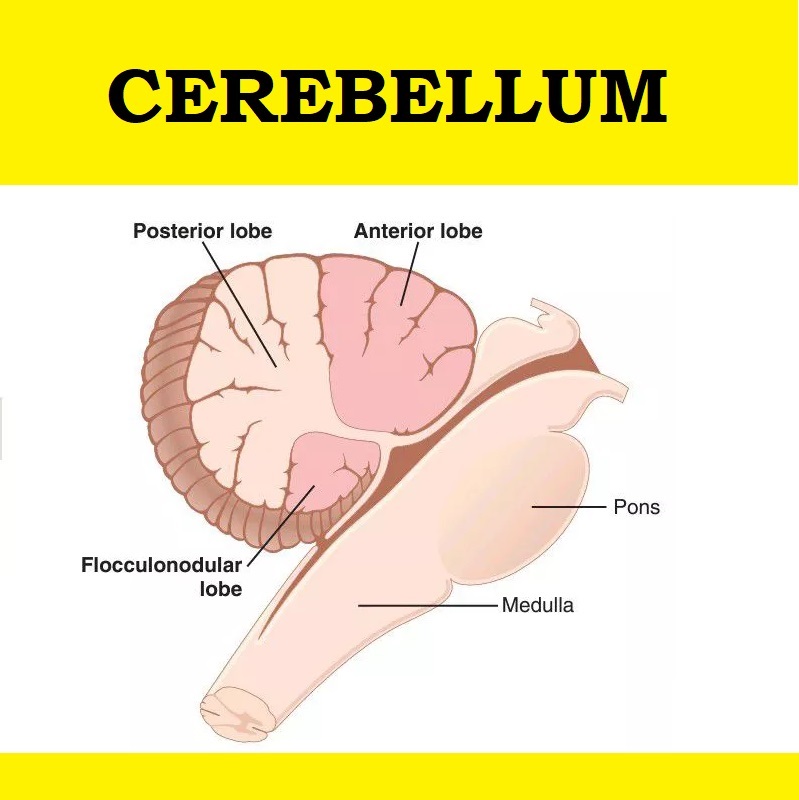
The cerebellum, often referred to as the “little brain,” is a critical structure within the human nervous system. Though historically overshadowed by the cerebral cortex, modern research reveals that the cerebellum is not only responsible for motor coordination but also plays a significant role in cognitive functions, emotional regulation, and even social behavior (Schmahmann & Sherman, 1998).
1. Anatomical Structure of the Cerebellum
The cerebellum is located at the back of the brain, beneath the occipital lobe, and consists of the following key components:
| Region | Description |
|---|---|
| Cerebellar Cortex | Outer layer containing gray matter responsible for processing information. |
| Deep Cerebellar Nuclei | Four paired nuclei (dentate, emboliform, globose, and fastigial) that regulate movement. |
| Cerebellar Peduncles | Three major pathways (superior, middle, inferior) connecting the cerebellum to other brain structures. |
| Lobes (Anterior, Posterior, Flocculonodular) | Each lobe contributes to motor, vestibular, and cognitive functions. |
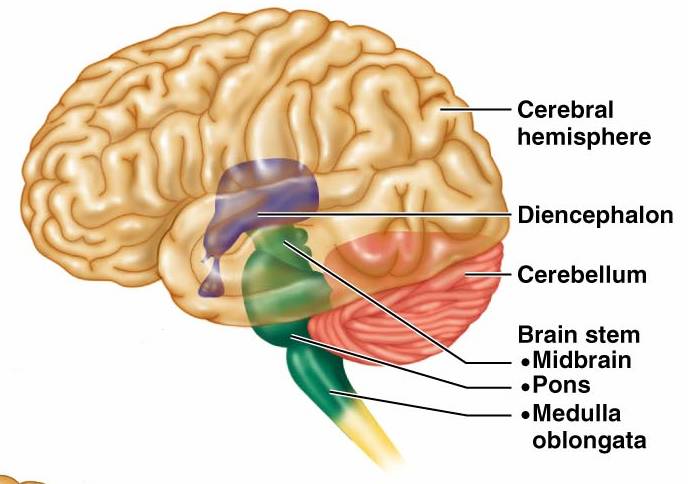
2. Functional Role of the Cerebellum
2.1 Motor Coordination and Balance
The cerebellum fine-tunes voluntary movement, ensuring precision, timing, and smoothness. It receives proprioceptive input from muscles and joints, adjusting motor outputs accordingly (Manto et al., 2012).
Example:
A gymnast performing a backflip relies on the cerebellum to maintain balance and adjust muscle contraction in real time.
2.2 Cognitive and Emotional Contributions
Recent studies suggest the cerebellum influences cognition and emotion (Stoodley & Schmahmann, 2009). It is linked to:
- Executive functions (planning, problem-solving).
- Language processing (syntax and grammar).
- Emotional regulation (anxiety, fear responses).
Practical Tip:
Cognitive training (e.g., Sudoku, chess) may enhance cerebellar function and prevent cognitive decline.
2.3 Social and Behavioral Influence
Damage to the cerebellum can lead to social cognition deficits, including autism spectrum disorder (Wang et al., 2014).
Case Study:
A child with cerebellar hypoplasia exhibited difficulty in recognizing social cues and emotional expressions.
3. Disorders and Clinical Relevance
3.1 Cerebellar Ataxia
A condition marked by impaired coordination, slurred speech, and balance difficulties.
Intervention Strategies:
| Treatment | Effectiveness |
| Physiotherapy | Improves balance and coordination. |
| Occupational Therapy | Helps adapt daily tasks for independence. |
| Speech Therapy | Enhances articulation and communication. |
3.2 Autism and the Cerebellum
Studies have shown cerebellar abnormalities in individuals with autism, suggesting it may influence neurodevelopmental disorders (Fatemi et al., 2012).
Parenting Tip:
Encourage motor-based activities (e.g., swimming, dance) to aid cerebellar function in children with autism.
3.3 Cerebellar Stroke
A rare but serious condition that can lead to vertigo, unsteady gait, and life-threatening complications.
Recovery Plan:
- Early Rehabilitation: Physical therapy within the first three months maximizes recovery.
- Nutritional Support: Omega-3-rich diets may aid neural repair.
- Cognitive Training: Helps regain lost executive functions.
4. Enhancing Cerebellar Function: Practical Applications
4.1 Physical Exercises
- Balance Training: Standing on one leg or using balance boards strengthens cerebellar circuits.
- Coordination Drills: Juggling or playing a musical instrument enhances fine motor control.
4.2 Cognitive and Emotional Training
- Mindfulness Meditation: Improves emotional regulation by engaging cerebellar-cortical networks.
- Memory Games: Activities like Lumosity or brain teasers enhance cerebellum-linked cognitive skills.
5. Research Frontiers and Future Directions
Recent studies highlight the cerebellum’s potential role in:
- Neuroplasticity and Rehabilitation: Evidence suggests targeted exercises can promote cerebellar rewiring post-injury (Bastian, 2011).
- Artificial Intelligence and Robotics: Understanding cerebellar computations could revolutionize AI-based motor control.
- Mental Health Interventions: Emerging therapies explore cerebellar stimulation for anxiety and depression treatment (Schmahmann, 2019).
Conclusion
The cerebellum is more than just a motor control center—it is a sophisticated hub integrating movement, cognition, emotion, and behavior. Understanding its mechanisms can lead to better therapeutic strategies for neurological disorders and optimize human performance. By applying structured training methods, cognitive exercises, and early interventions, individuals can enhance cerebellar function for improved physical and mental well-being.
References
- Bastian, A. J. (2011). Moving, sensing and learning with cerebellar damage. Current Opinion in Neurobiology, 21(4), 596-601.
- Fatemi, S. H., Aldinger, K. A., & Ashwood, P. (2012). The cerebellum and autism: dissection of pathophysiological role and implications for treatment. CNS & Neurological Disorders-Drug Targets, 11(5), 512-520.
- Manto, M., Bower, J. M., Conforto, A. B., et al. (2012). Consensus paper: roles of the cerebellum in motor control—the diversity of ideas on cerebellar involvement in movement. Cerebellum, 11(2), 457-487.
- Schmahmann, J. D. (2019). The cerebellum and cognition. Neuroscience Letters, 688, 62-75.
- Stoodley, C. J., & Schmahmann, J. D. (2009). Functional topography in the human cerebellum: a meta-analysis of neuroimaging studies. NeuroImage, 44(2), 489-501.
- Wang, S. S., Kloth, A. D., & Badura, A. (2014). The cerebellum, sensitive periods, and autism. Neuron, 83(3), 518-532.
